Still looking for virtual learning options for architect continuing education credits? If so, we have you covered!
Continuing Education Opportunities
At Fabreeka, we’ve partnered with AEC Daily, an e-learning provider for architects, engineers and other construction professionals. We sponsor two self-paced online courses on the website, free for anyone to take. Our online courses are great whether you’re an industry professional, or just simply looking to learn more about what our products can do for you.
The American Institute of Architects (AIA) continuing education credit has been reviewed and approved by AIA Continuing Education Services for these courses.
Certificates of Completion for both AIA members and non-AIA members are available upon completion of the course and passing the subsequent test.
AEC Daily Corporation has met the standards and requirements of the Registered Continuing Education Program (RCEP). Credit earned on completion of this program will be reported to RCEP at RCEP.net. A certificate of completion will be issued to each participant.
Structural Thermal Break Online Course
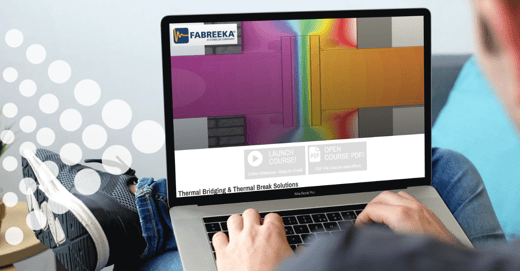
To better understand how thermal bridging works and how to make a building more energy-efficient, consider taking the "Thermal Bridging and Thermal Break Solutions" course.
The course will introduce architects and structural engineers to:
- Thermal Bridging
- Energy Code Requirements
- Thermal Break Solutions
- How To Improve Energy Efficiency with Structural Thermal Break
For building professionals and architects, this course educates you on the benefits of structural thermal break including, LEED accreditation and energy consumption reduction.
READ NEXT: [Three Benefits of Using Thermal Break in Steel Structures]
By the end of the course, you will be able to:
- Discuss the purpose of energy codes
- Identify how energy codes impact increasing demands of sustainable building
- Define thermal bridging
- Explain the effects of thermal bridging on energy efficiency and consumption
- Discuss how thermal break is an effective solution for thermal bridging.
After completing the AIA approved course and passing the test, you will receive 1.25 LU/HSW.
Fabreeka’s Thermal Bridging & Thermal Break Solutions online course is also available on AEC Daily in Canadian French.
STUDY BEFORE YOU SIGN UP 👉 What is The Best Thermal Break Material
Vibration and Structure-Borne Noise Reduction Webinar
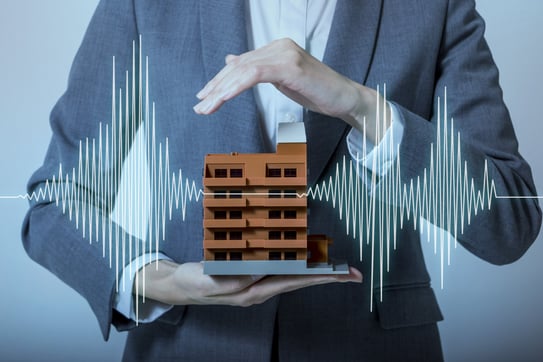
Mechanical vibration and structure-borne noise exist in all building environments.
If you’re a structural engineer or architect, you’re bound to come across these disturbances and have to work to find solutions to avoid them.
In our Vibration and Structure-Borne Noise Reduction continuing education course, you’ll learn:
- External and Internal Vibration Sources
- Noise and Vibration Requirements
- Structural Vibration vs. Structure-borne noise
- A General Understanding of Important Terms and Concepts
This online continuing education course for architects and structural engineers equips you with the knowledge and expertise to navigate vibration with ease.
Fabreeka's courses are designed to provide you with the best materials, solutions, and knowledge to keep you informed on new products, practices, and more!
STUDY BEFORE YOU SIGN UP 👉 Practical Building and Construction Materials
More Building and Construction Materials
Fabreeka's knowledge center has all the essential information you need to discover structural thermal break materials, reliable vibration isolation, and proven applications.
Our century-long run as a successful industry partner underscores our commitment to quality and reliability. If our materials didn't provide excellent results, we would have stuck to conveyor belts.
Do you have questions? Comments? Looking to get started on a great solution? Contact our team today!
For more information about our sponsored online courses, visit us at AEC Daily.



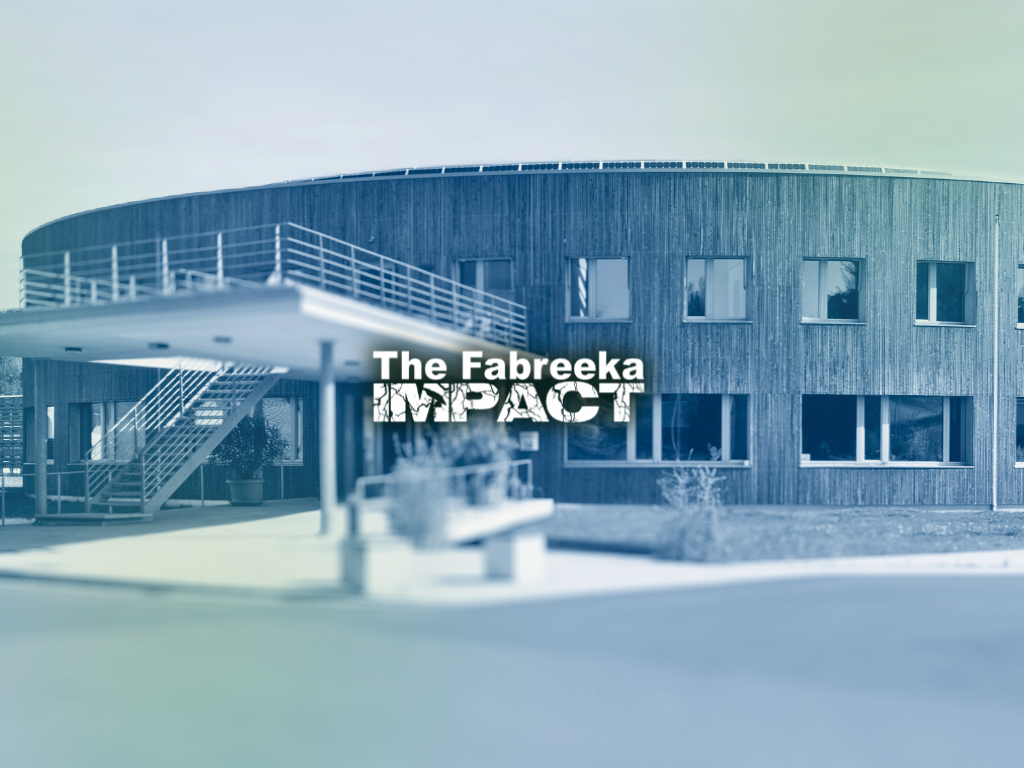
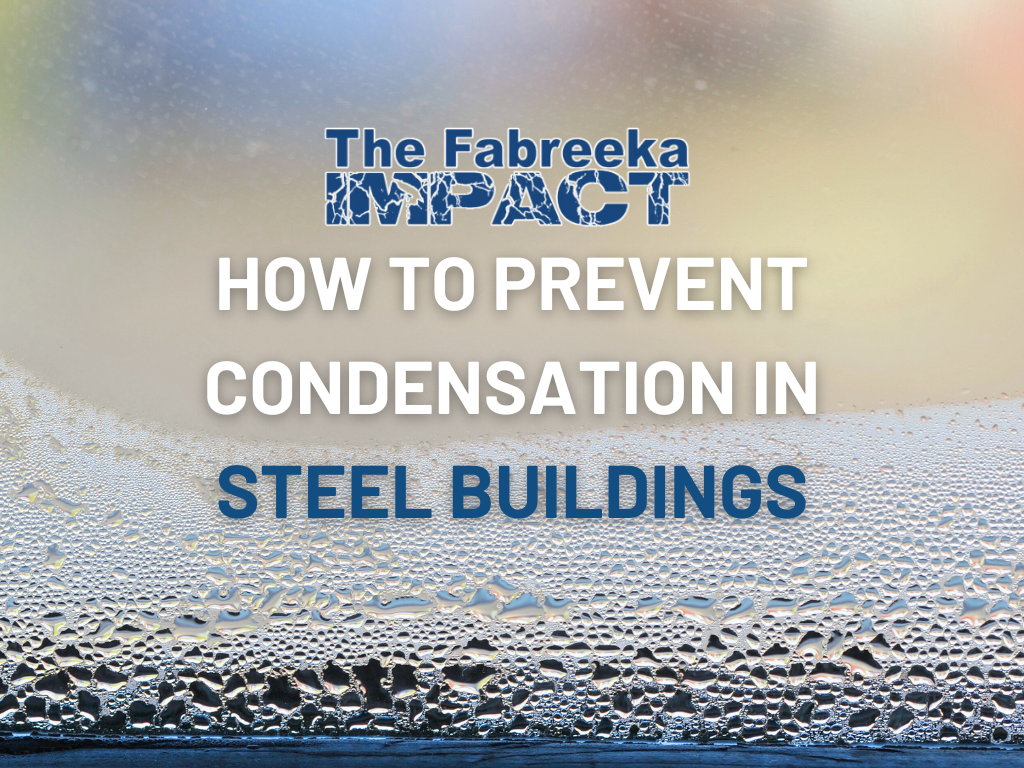
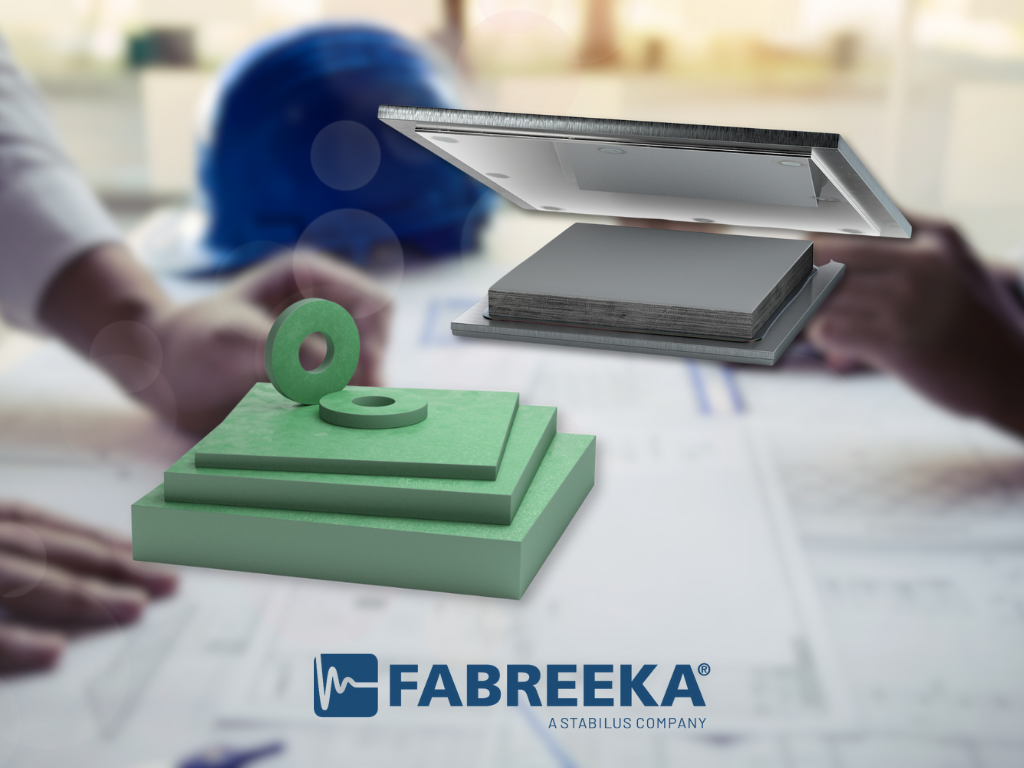
SUBMIT YOUR COMMENT